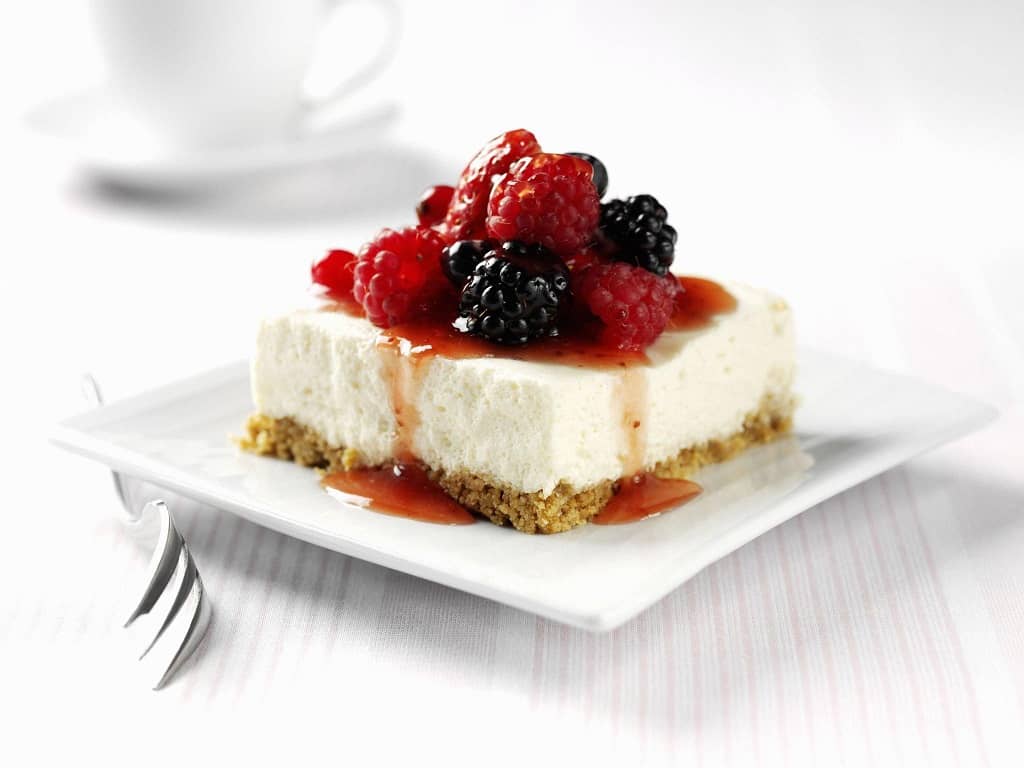Have you ever questioned whether something sweet and a dessert are distinct from one another?
Desserts cover a wider range of tastes than just sweetness.
The differences between sweets and desserts, as well as their similarities and how they enhance our culinary experiences, will all be covered in this article.
What is Sweet?

Sweet is a sensory experience characterized by a pleasant taste that is sugary and delightful. It is a flavor often associated with desserts, candies, and sugary treats that bring joy and satisfaction.
Sweetness can be derived from natural sources such as fruits, honey, and maple syrup, or through the addition of refined sugar.
This delightful taste can evoke feelings of happiness and indulgence.
From rich chocolate cakes to juicy watermelons, sweet flavors are enjoyed worldwide and play a significant role in culinary traditions, celebrations, and the creation of delicious, mouthwatering experiences.
Sweet Taste and Perception
The ability to perceive sweetness varies among individuals.
Some people have a higher sensitivity to sweetness, while others may have a diminished perception due to factors such as age, genetics, or exposure to highly sweetened foods.
Despite individual differences, the sweetness remains a prominent and desirable taste for many.
What is Dessert?

Dessert is a culinary term used to describe a course that concludes a meal, typically consisting of sweet dishes.
It serves as a delightful indulgence after the main course and is often associated with celebration, satisfaction, and pleasure.
Desserts can come in various forms, such as cakes, pastries, pies, ice cream, and puddings.
Characteristics of Desserts
Desserts possess certain characteristics that differentiate them from other food categories.
They are usually sweet, visually appealing, and have a distinct texture.
Desserts often incorporate ingredients like sugar, fruits, chocolate, cream, and various flavorings to create a delightful and memorable sensory experience.
Similarities Between Sweet and Dessert

Below are the similarities between sweets and desserts:
#Common Ingredients
Both sweet foods and desserts often share common ingredients.
Sugar or sweeteners are frequently used to add sweetness to desserts, and they can also be found in other sweet foods.
Additionally, fruits, syrups, and natural flavorings are common elements in both categories, enhancing the taste and aroma.
#Shared Flavors and Tastes
The flavors and tastes found in sweet foods can often overlap with those present in desserts.
For example, vanilla, chocolate, caramel, and fruit flavors are prevalent in both sweet dishes and desserts.
These shared elements contribute to the overall enjoyment and satisfaction derived from consuming such foods.
Differences Between Sweet and Dessert
Now, it’s time to take a look at the differences between sweets and desserts:
#Context and Function
The key difference between sweets and desserts lies in their context and function.
Sweetness, as a taste, can be present in various food items, including snacks, beverages, and even certain savory dishes.
Dessert, on the other hand, is a specific course within a meal that is consumed at the end, providing a satisfying conclusion to the dining experience.
#Composition and Structure
While sweet foods can be standalone items, desserts often have a more complex composition and structure.
They are usually composed of multiple ingredients and are carefully crafted to create a visually appealing presentation.
Desserts can consist of layers, fillings, and decorative elements that add to their allure.
The Role of Sweetness in Desserts
Sweetness is what matters in desserts. Now, know the actual role of that sweetness in desserts.
Enhancing Flavor and Enjoyment
Sweetness plays a crucial role in desserts by enhancing their flavor profiles.
It provides a pleasant contrast to other taste components, such as bitterness or acidity, and adds a touch of indulgence.
The right balance of sweetness can elevate the overall taste experience and leave a lasting impression on the palate.
Balancing Sweetness in Dessert Recipes
Creating a well-balanced dessert requires careful consideration of sweetness.
Pastry chefs and dessert enthusiasts often experiment with different sweeteners, natural sugars, and flavor combinations to achieve the desired level of sweetness without overpowering other elements.
The goal is to strike a harmonious balance that leaves a lingering, pleasurable sensation.
Examples of Sweet Foods That Are Not Desserts
While desserts are primarily associated with sweetness, it is essential to note that not all sweet foods are desserts.
Some examples of sweet foods that are not desserts include certain fruits, candies, syrups, and sweetened beverages.
These foods may be enjoyed on their own or incorporated into savory dishes.
Examples of Desserts That Are Not Sweet
In contrast, some desserts deviate from the traditional notion of being sweet.
These desserts, often referred to as savory desserts, incorporate ingredients like cheese, herbs, or vegetables, resulting in a unique flavor profile.
They challenge our preconceived notions of desserts and offer a different gastronomic experience.
Conclusion
While sweetness is a taste sensation, desserts encompass a broader concept that extends beyond just sweetness.
Desserts serve as the final course of a meal and provide a delightful indulgence that combines sweetness, visual appeal, and texture.
Understanding the differences and similarities between sweets and desserts helps us appreciate the diverse culinary experiences they offer.
Frequently Asked Questions (FAQs)
Is Ice Cream Called Dessert?
Yes, ice cream is often referred to as a dessert. Dessert generally includes sweet dishes served at the end of a meal, and ice cream perfectly fits this category.
Its sweet and creamy nature makes it a popular choice for satisfying sweet cravings. Whether in a cone, cup or as part of a sundae, ice cream is a delightful treat enjoyed by people of all ages.
Is a Dessert Normally a Sweet?
Yes, desserts are typically sweet. A dessert is the sweet finale of a meal, offering a delightful contrast to the savory flavors that preceded it.
Common ingredients in desserts include sugar, chocolate, fruits, and various sweeteners.
However, there are exceptions, as some cultures have savory desserts or dishes that blend sweet and savory elements. Nonetheless, sweetness is a defining characteristic of most traditional desserts enjoyed worldwide.

